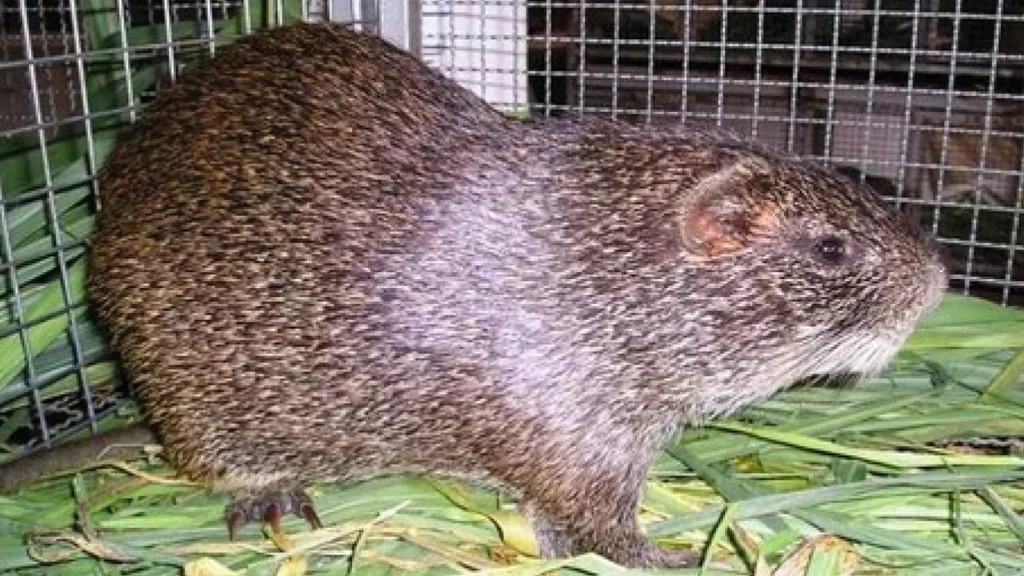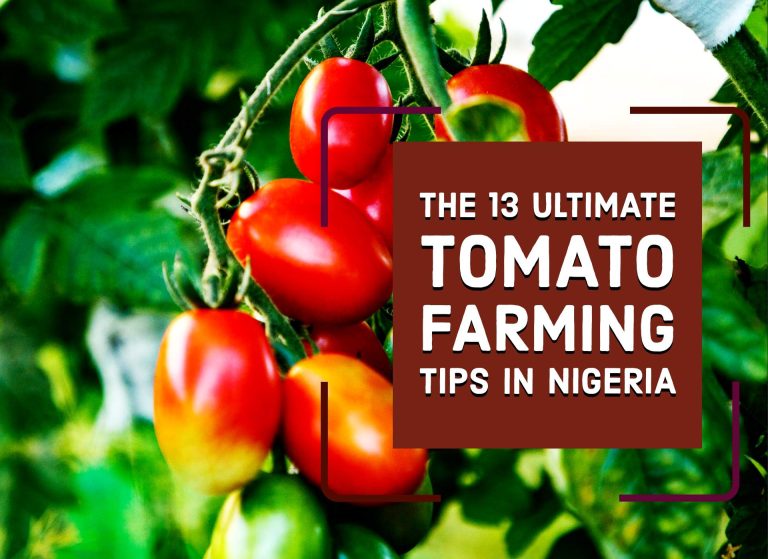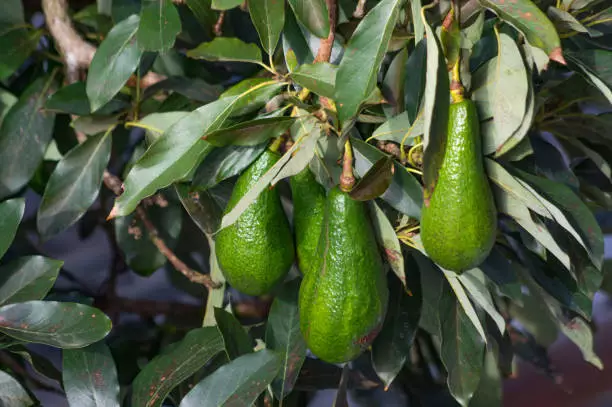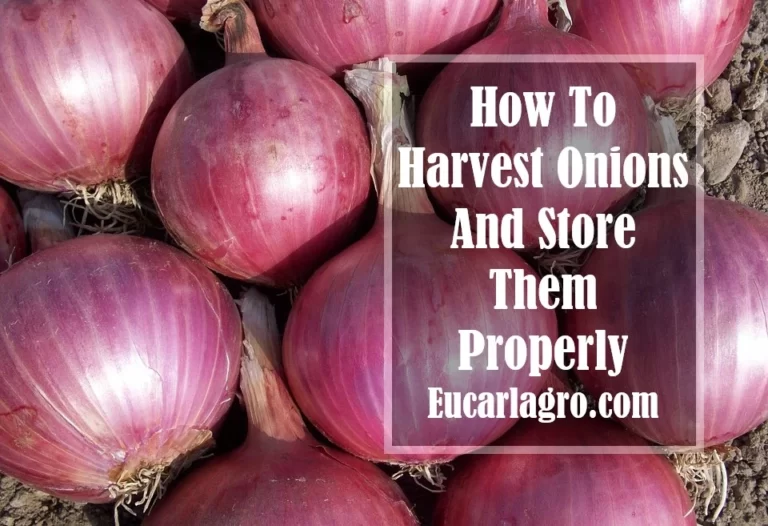Grasscutter Farming Business: A Definitive Guide For Beginners
How can I start a grasscutter farming business in Nigeria? This question is very common among most persons who have an interest in the animal husbandry aspect of Agricultural businesses.
Though some shy away from the business with the thought that it is strenuous to engage in; this is completely false. Over here, you would get to fully understand how best to engage in the grasscutter farming business with little or no stress.
Let’s start by defining grasscutter farming
What is Grasscutter Farming Business?
Grasscutter farming is the act of breeding or rearing grasscutters either for business purposes as in micro livestock, commercial purposes, or for other agricultural and household purposes. Grasscutters have so far been proven to be in high demand hence the proliferative nature of the business.
It is a very lucrative business that every business-minded individual should take advantage of as it is a great source of income to the person rearing it and undoubtedly to the economy of the nation.
According to reports from the global market, there is a huge demand for grasscutter meat, and the breeding of grasscutters has so far increased rapidly within a short period, especially in Nigeria and West Africa as a whole. Ultimately, grasscutters are one of the top 10 animals whose meat is in the highest demand in the African market.
What Are Grasscutters?

A grasscutter (Thyronomys Swinderianus), which is also known as the marsh cane-rat or groundhog is small-sized livestock (micro livestock) that is known for its adaptability to tropical vegetation. It belongs to the Hystricomorpha (porcupine family) and has its main habitat as the mangroves, savannas, rainforests, and swamps.
During the early stage of development of a grasshopper, it feeds on milk from the mother for approximately six weeks and when matured, feeds on cassava roots, rice, elephant grass, millet, sugarcane, and other crops.
Concerning the ratio of food they eat, you have nothing to worry about as they don’t eat much compared to other livestock. Also, they consume just a little water; which makes them easy to rear.
Grasscutter Price In Nigeria

How much does a grasscutter cost in Nigeria? The price of a matured market-ready grasscutter in Nigeria ranges between N4,000 to N5,500 while the colonies of grasscutters could be priced and sold between N35,000 to N40,000, while 500 pieces of grasscutter can earn you up to 2 million to 2.7 million Naira.
How does that sound? Profitable I guess… Then why don’t you give it a try?
Though depending on the size and area, grasscutter colonies can sometimes be sold for as high as N80,000.
How Much Does It Cost To Start a Grasscutter Farm?

Let us quickly take you through what the grasscutter business entails through an easy approach
Sure you must have some questions in mind like, how do I rear grasscutters? How profitable is Grasscutter farming? How long does it take a Grasscutter to mature? what are the dangers involved in rearing grasscutters? how much is the startup for a grasscutter business? All your questions will be answered here;
Things to Consider When Starting The Grasscutter Farming Business
There are various factors to consider when starting a grasscutter business in Nigeria. When you ignore these factors, it might negatively impact the rate of production of grasscutters, so you must pay attention to this and do what is required to attain success in the business.
It is good to know that the grasscutter is very lucrative and at the same time has some challenges which might discourage you if you aren’t getting the processes right.
We’ve provided some of the things to consider for you to properly start up your grasscutter business
1. The Target market
There is a high demand for grasscutter meat referred to as white meat, especially in hotels and urban communities. This particular kind is of a high taste and unique merchandise unlike the rabbitry business
Do you want to know the best strategy for getting the best sales? You just need to site your farm near the location we mentioned earlier and you will be more successful in the business than some that started before you.
Mind you, grasscutter isn’t in any way tainted or unclean meat as it is accepted by every tribe, tradition, and religion.
2. Cost Of Breeding And Production

How much does it cost to start up a grasscutter business? You should know that the acquisition, maintenance, and breeding of grasscutters should be taken seriously. This is because any mistake may have adverse effects or terrible consequences for the business.
For an average starter, the farmer will spend up to 85,000 Naira for a small-scale production process of a grasscutter farm.
With as little as 85,000 Naira, you can get matured bucks for as low as 12,000 Naira and the doe for about 14,000 – 15,000 Naira as an average price.
The price of a served doe ranges from 18,000-20,000 Naira. While the cost of their monthly feeding is about N230 for each grass cutter, that is a reasonably cheap amount.
Having in mind the cost of their medical maintenance when the need is in addition to the amount of getting the livestock, all should total N85,000.
3. Getting Grasscutter Farming Cages
How do I get a grasscutter cage? Grasscutters are kept in cages or pens and the number of cages usually depends on the number of grasscutters you want to rare. The cages are always made of metal, spacious, and well-ventilated. The layout of the pen depends on the construction material used in making them.
It is important you also know that Grasscutter doesn’t like sleeping where they eat! So when making a cage for them you must put into consideration making a suitable cage that will give room for the sleeping place and dining and playing place.
4. Pests And Diseases Common To Grasscutters
Grasscutter farmers must be aware of the common diseases of the livestock to make necessary preparations and follow precautions to avoid pests and diseases. Just like every other farmer like the fish farmers, crop farmers, cattle farmers, and others, there should always be provision for medical care.
You need t know the disease-carrying pathogens, and diseases peculiar to grasscutters, this will help you have a neat and healthy farm.
Pneumonia in Grass cutters
It is a frequent occurrence found among all types of grasscutters. It is induced by a bacterium called Diplococus Pneumonate, which thrives in cold weather.
To avoid this occurrence, check that the grasscutters are well protected from the severe cold during cold weather and avoid feeding them dusty food.
Parasites
Ecto-parasites such as fleas, lice, and ticks are common among grasscutters. These parasites can be taken care of and removed by a medical immersion process.
Worms also manage to enter through the grasscutter by hiding in wet and contaminated plants that the grasscutters feed on, and also hiding in the withered forage. Worms can be eliminated by deworming the grasscutters regularly.
Other Grasscutter Diseases
Some other diseases most common are; Staphylococeamia, caused by the bacterium staphylococcus aureus, which leads to nasal and vaginal discharge which can be effectively treated with antibiotics.
These are not common but it will be of good importance to know them to know how to handle any situation related to the listed diseases. Coccidiosis is caused by protozoa that belong to the Eimeria family and results in diarrhea, loss of appetite, and fatigue.
5. Overall Breeding of Grasscutter
Not only raring of grasscutters should be focused on, but you can also make extra cash from the breeding of grasscutters. If you’ve made up your mind to start the business of breeding grasscutters then here are the requirements you must meet;
- You have to make a selection of healthy and well-developed grasscutters for breeding because the quality will reflect in the progeny.
- You have to ensure that the weight of the grasscutter which you intended to use for breeding should not exceed 8kg and should also not be less than 5kg either.
- Make sure that you pen down a record of the production of the mother as this will make you know what to expect from her.
At the age of 6 months, the female grasscutter is due for mating of which every 6 months you have much more little grasscutter as it takes up to 150 – 152 days for the mother’s gestation period which translates to twice in a year.
The pregnant ones do experience spikes in temperature and urinate often during this period so you don’t have to worry once this is happening.
Also, make sure that the male should be around 8 months and not less than that, you can also group the males you want to use for mating purposes.
What is the lifespan of a Grasscutter?
The average lifespan of a grasscutter can be between 7-9 years. However, it can live up to 12 years depending on if the grasscutter was held captive in a cage or left to roam in the forest. Health implications also impact the lifespan of grasscutters
How many Grasscutter make a colony?
A colony of grasscutters consists of one male and three or four females
How many months does it take a Grasscutter to give birth?
The normal gestation period of a healthy grasscutter is between 148-158 days
What does Grasscutter feed on?
Grasscutters are strictly herbivores. They prefer grasses and leaves with thick barks. They may also eat the cob, leaves, and husk of Maize






